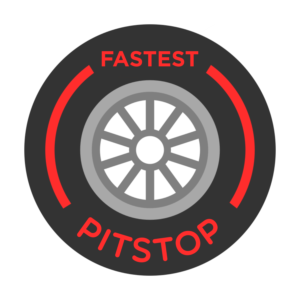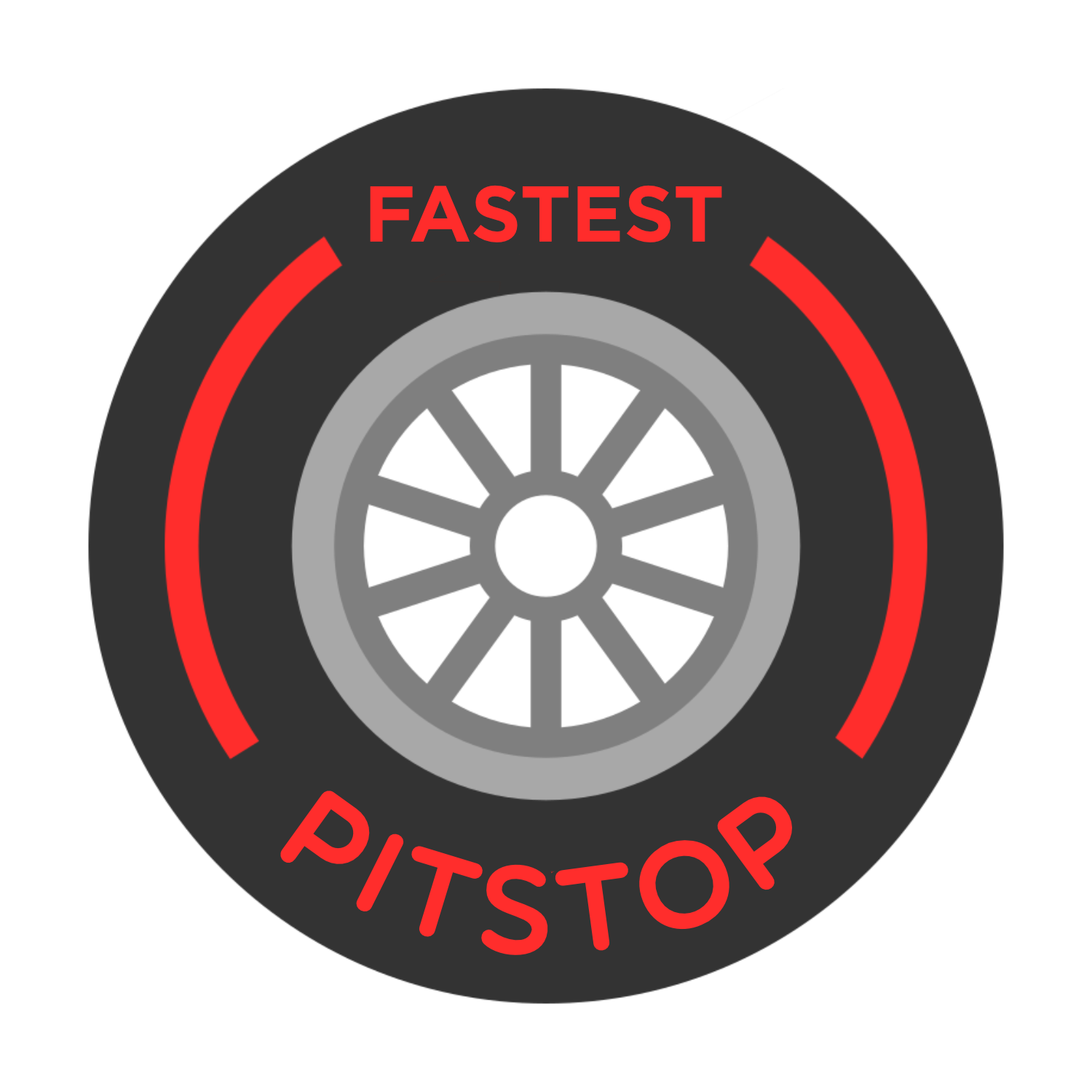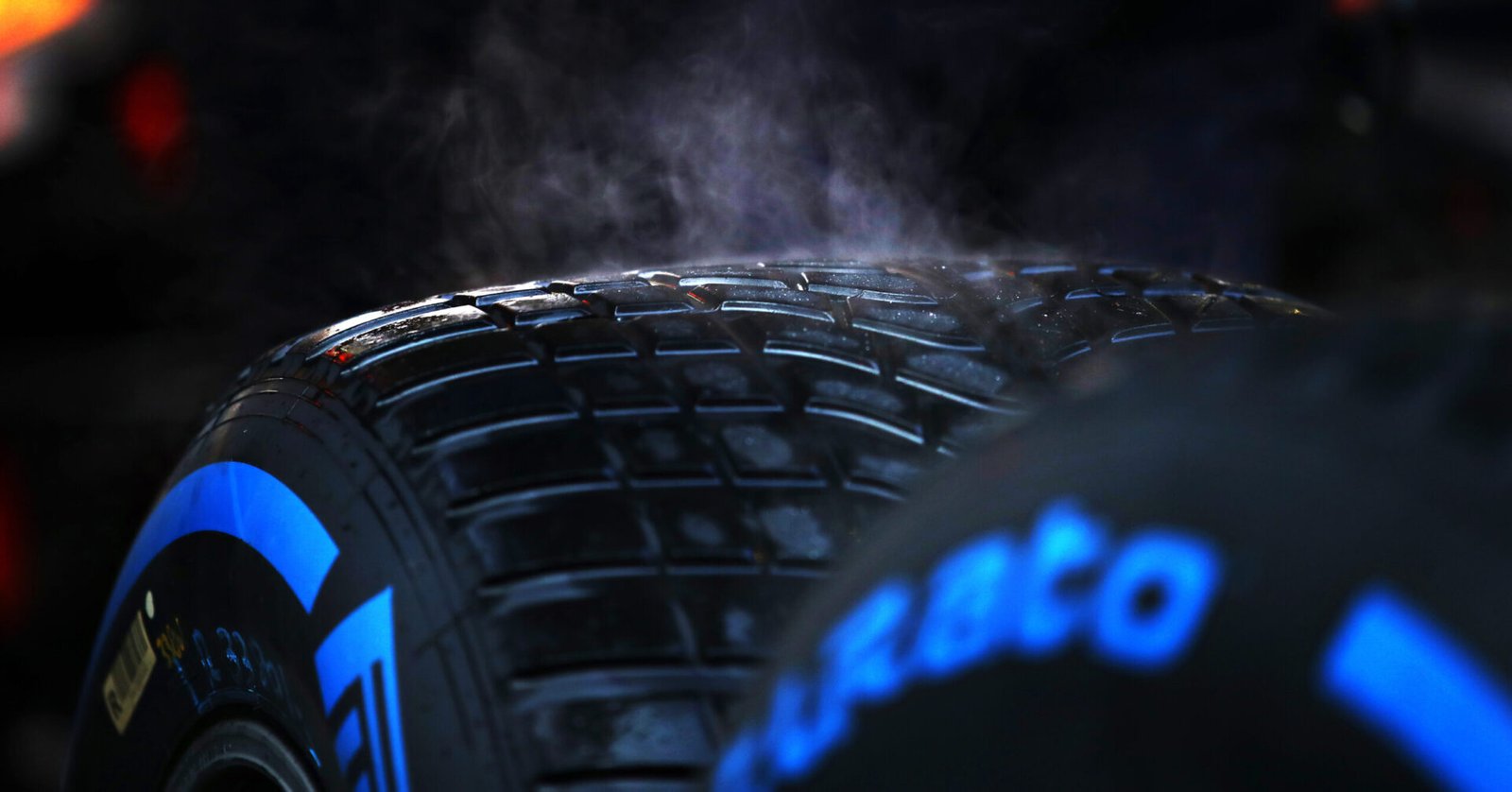In recent years, we have seen a shift away from Pirelli‘s full wet tyre compound, with drivers opting instead to run the intermediate tyre in wet conditions. However, this raises the question: why are the wets so tricky to use, and what does Pirelli plan to do about it?
With the failed tests for wheel covers, the biggest issue the drivers still face is the vast amounts of spray that are offloaded from the wet tyres. In a recent interview with Motorsport.com, Pirelli’s head of motorsport, Mario Isola, revealed the tyre overhaul coming for 2026.
Wet tyre complaints from drivers to Pirelli
With the wet tyres being a constant source of complaints from the drivers, the head of Pirelli Motorsport spoke out on the direction of wet tyres and what the issues seem to be.
In the interview, he said, “We’ve slightly changed the development direction for the full wets. So, instead of looking at aquaplaning as we did in recent years, as that was a comment coming from drivers, we’ve now made a better analysis of what those comments actually mean. And we realised that it was more related to a loss of grip in cornering than to actual aquaplaning.”
“That loss of grip,” Isola explained, is mainly linked to the tread blocks: “When you develop in the direction to fight aquaplaning, you put more and more grooves into the tyres.”
Tyres and Temperatures: How Heat & Cold Impacts Formula 1 Racing
“But that means you have smaller tread blocks and that those blocks will move more. If those blocks move, you generate heat, and that means we have overheating of the wet tyre. It seems a joke, but it’s true! That overheating problem caused a loss of grip, and that’s what drivers were actually referring to.”
Tyre temperatures have been a topic that many drivers have spoken about this season, with some races being decided purely on who can keep their tyres the coolest. With the new regulations coming into effect from 2026, this should improve the ability to keep the tyres cooler for longer, hence enhancing the performance of the wet tyres.
The bigger changes coming for 2026
Isola was also keen to discuss the upcoming changes that are looking to be implemented with the wet tyres heading into 2026. “For 2026, our first target is to improve the crossover point between the intermediates and the full wets, so teams can choose one or the other without losing performance.”
The comprehensive regulation overhaul for 2026 has opened the door for Pirelli to develop further the two wet tyre compounds we currently have. The 2025 goal for the wet tyre crossover was 115-116% of a dry tyre time; however, that threshold has held at 118% this season.
A major issue in F1 surrounds the wet tyre testing. Teams and drivers often complain about the lack of testing for the wet tyre, but Pirelli insists developing them further is increasingly difficult given the current limitations.
“We still have the issue that we cannot test on high severity tracks under wet conditions,” Isola said. “But what we are doing now is that at any circuit where we are going to test – Barcelona, Jerez and so on – we always have a backup plan with wet tyres available.”
“So, if it rains, instead of throwing one day of testing in the bin, we switch the programme and try to test the wets. Obviously, that’s not in a controlled environment, and you don’t have the sprinklers for a controlled level of water, but you still have water and that’s similar to what you encounter during a race weekend.”.
With pre-season testing starting much earlier in 2026, there is a strong chance we could see some rainy sessions, and potentially see how the wet tyres perform, but will it be enough?












